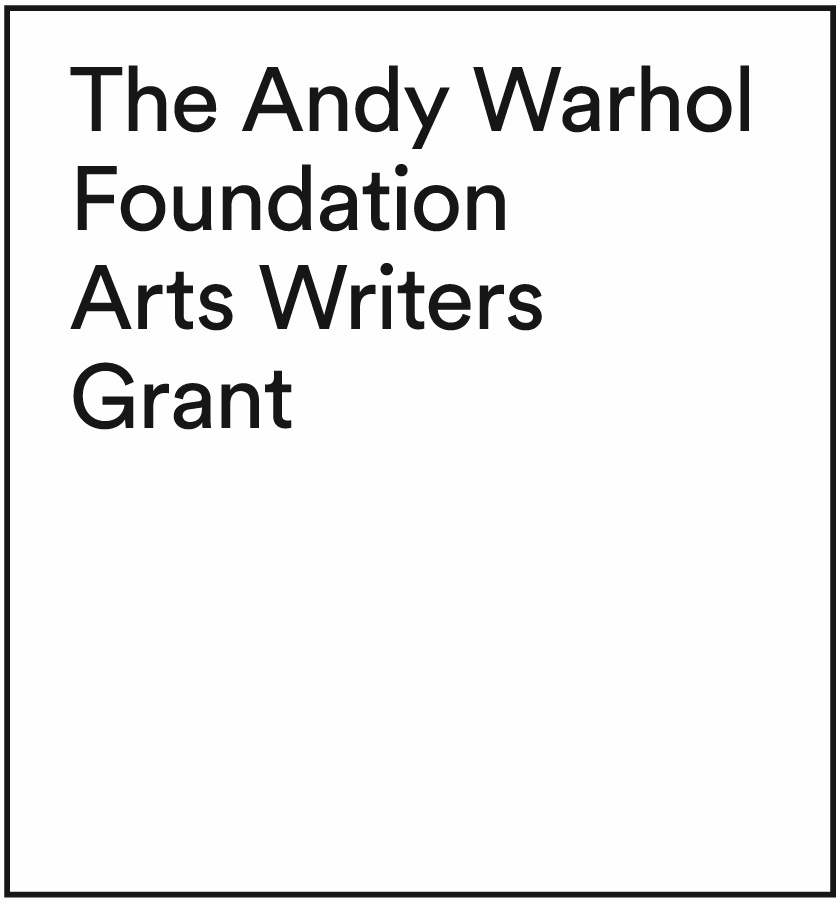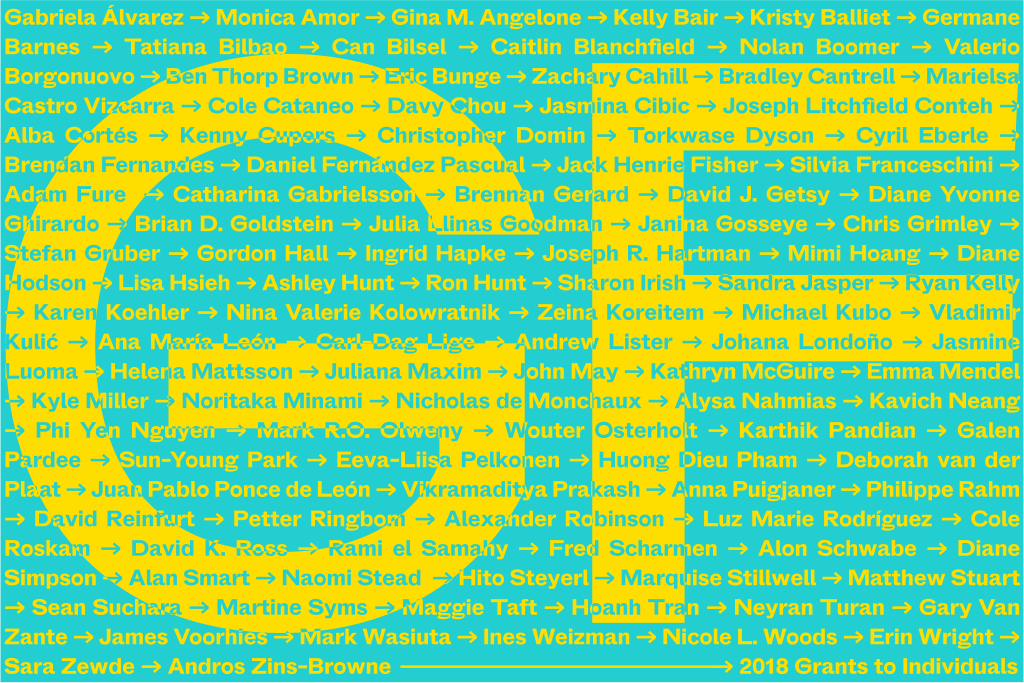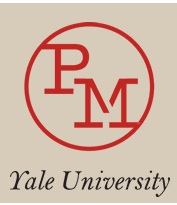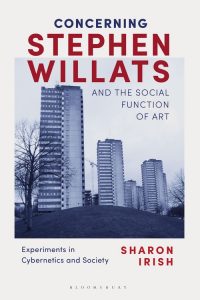Bloomsbury Academic published my book on London-based artist Stephen Willats (2021).
The book pulls together key strands of his practice and threads them through histories of British cybernetics, experimental art, and urban design. For Willats, a cluster of concepts about control and feedback within living and machine systems (cybernetics) offered a new means to make art relevant. For decades, Willats has built relationships through art with people in tower blocks, underground clubs, middle-class enclaves, and warehouses on the Isle of Dogs, to investigate their current conditions and future possibilities. This book demonstrates the power of Willats’s multi-media art to catalyze communication among participants and to upend ideas about “audience” and “art.”
Having started research on Willats’s practice in 2003, I wrote several articles on his work in Liverpool, Edinburgh, and London before turning to the book. I am grateful to the Graham Foundation for Advanced Studies in the Fine Arts for a publication grant in 2018 as well as a research grant in 2011. Further funding came from the Paul Mellon Centre, and The Andy Warhol Foundation Arts Writers Grant.



With the incomparable help of Mitchell Oliver, I made these three short videos during the pandemic. Due to the restrictions, I used my family, my house and my neighborhood to communicate some of the key takeaways of my book project.
The video above is a mini-biography of the artist.
This video explores key concepts from my book: cybernetics and social practice.
This video looks at the role of architecture in the work of Stephen Willats, introduces the planner and architect, Max Lock, and makes a guess about why Willats did not like my book.


